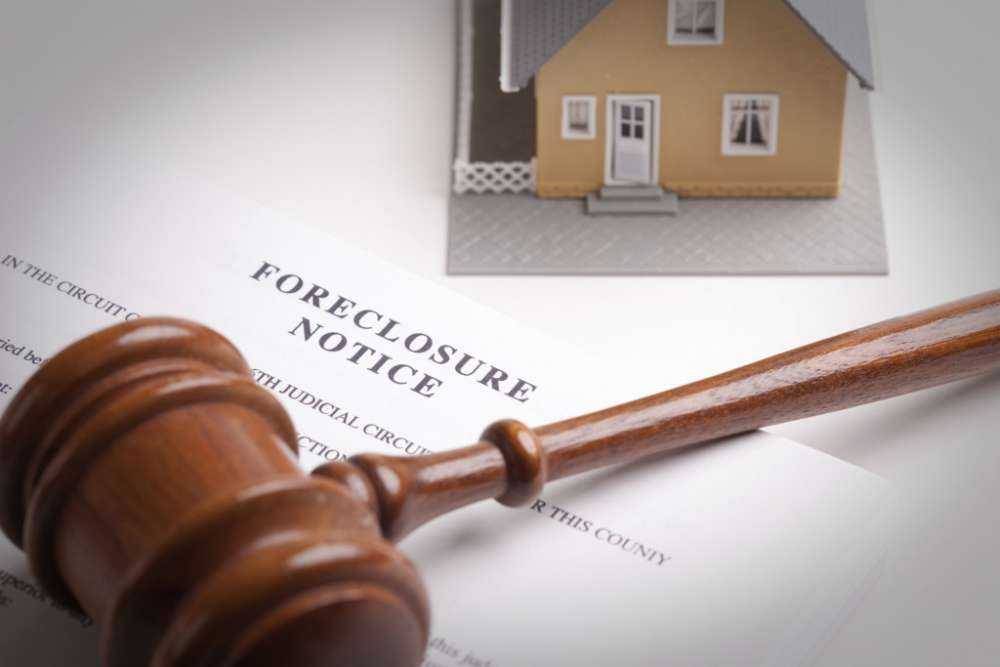BY RON BARLAY
Many home buyers have been intrigued over the years by “Power of Sale” opportunities. This article aims to unveil the realities of this type of purchase.
In a Power of Sale transaction, the lender (usually a financial institution) has seized possession of the property from the registered owner because the owner has failed to make mortgage payments. The financial institution subsequently attempts to sell the property at the highest possible price. There is a certain obligation on the institution’s part to try to get as much money as possible. Any monies remaining after all costs and expenses have been paid will be disbursed to the original owner. Since financial institutions are not in the business of owning homes, if a property does not sell, the price is adjusted downwards every thirty days until the property is sold.
This is in contrast to the foreclosure process, whereby the lender can sell a seized property at any price and without any legal recourse by the original owner. Foreclosures are very popular in the United States.
One of the rights of the owner is the “right to redeem.” This means that if the owner was able to find the money for a mortgage payout, they could reclaim the property. Typically, the owner has until the closing date to redeem the mortgage. As a purchaser, if you bought a Power of Sale property, you would not be certain of closing the transaction until literally the last minute. Financial institutions routinely make it a condition on the offer that the contract will close only if the property has not been redeemed. Practically speaking, redemption of a property is extremely rare because by the time it has gone to this level, the financial capacity of the original owner to pay o the mortgage in its entirety, plus all the costs that have been incurred, is virtually non-existent.
The more significant risk with a Power of Sale is that the purchaser must accept the property in “as is” condition. Since the financial institution has never occupied the property and does not have adequate knowledge of the condition of the property, the purchaser typically will be deprived of the customary representations and warranties that a normal vendor would provide.
The purchaser’s main areas of concern can be summarized as follows: The lender will not guarantee that the property has not been insulated with UFFI (Urea Formaldehyde Foam Insulation). This is a type of insulation which has been deemed undesirable due to studies finding it to be carcinogenic. If there are any pending work orders, the purchaser must accept them and will be responsible for remedying the existing problems. The lender is not obligated to provide the purchaser with a survey. Hence, if one isn’t available, the purchaser will need to secure title insurance. Many years ago, before title insurance was introduced, if there was no survey available, the purchaser would have been required to spend up to $900 to obtain a new survey. If there are tenants occupying the property, the financial institution will not provide the usual warranties as to rentals (vacant possession). In other words, it may not be possible to evict the tenants before closing.
Due to these concerns, it is advisable for the purchaser to carry out a home inspection. This way, the home inspector can examine the home for structural defects and UFFI. Additionally, the purchaser should consider visiting the relevant municipal building department to determine if there are any work orders attached to the property.
Every financial institution has its own standard schedule “A” that becomes part and parcel of every Power of Sale. Most financial institutions will not accept any changes to their schedule. A typical clause in the schedule allows the financial institution to unilaterally extend the closing date for up to sixty days in the event that there are legal issues which could delay the closing.
In my experience over the past several years, I have concluded that Power of Sale properties can translate into shaving a few thousand dollars off the market value. How- ever, there are certain risks that accompany this type of purchase. As a purchaser, in the end, you have to weigh how much risk you are willing to take and decide whether the return, in your opinion, justifies the risk.

